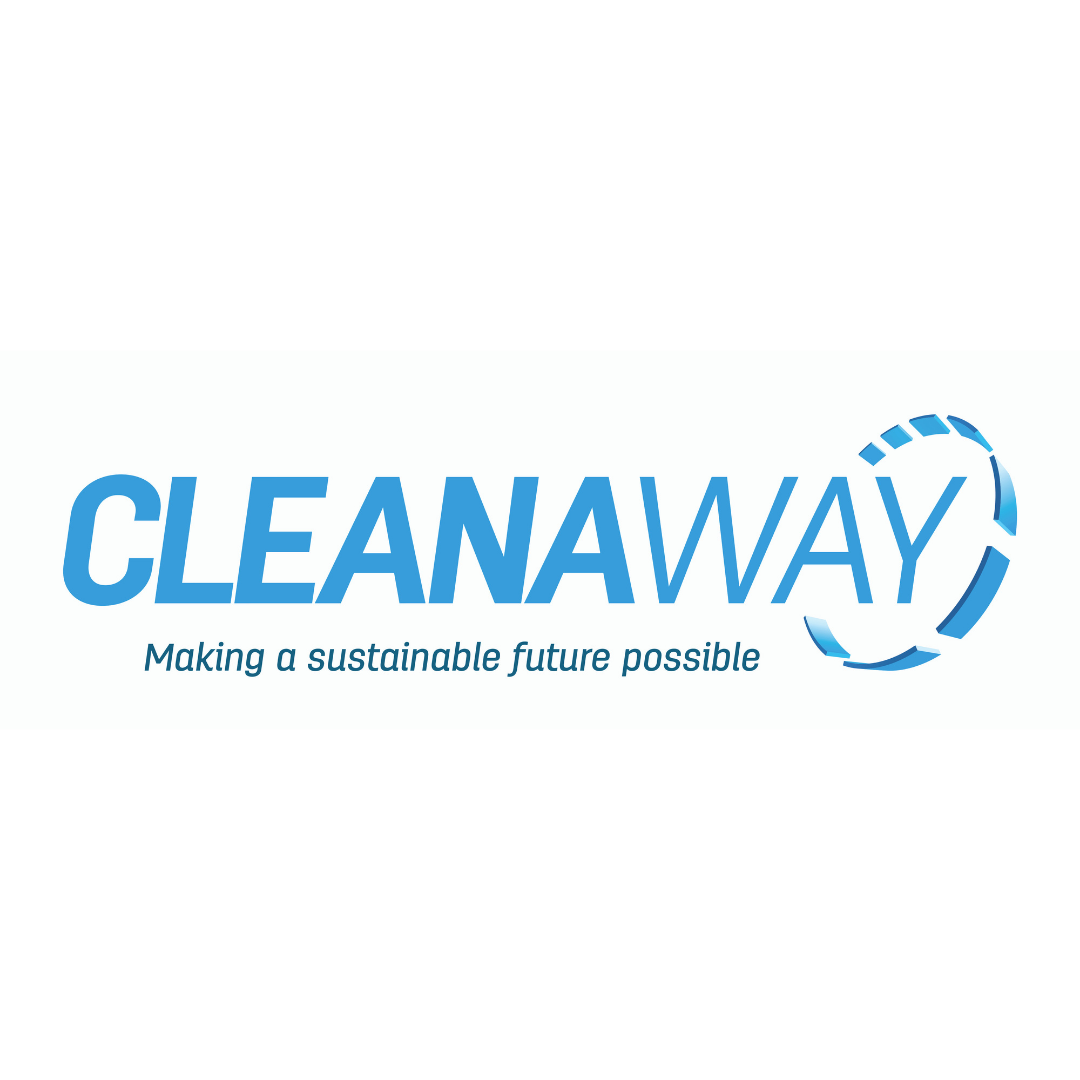OUR STANDARDS
Waste Collection Services (WCSv1.0ii-2018)
Status
Current
Issue Date
Dec 13, 2021
Recognised programs
In collaboration with the Better Buildings Partnership (BBP) and NABERS, we have developed this standard to set a sustainability benchmark for services collecting waste from the point of collation and collection to a lawful processing or disposal facility.
Waste generation in Australia has increased significantly during recent years, and some waste is still poorly managed, leading to significant impacts on health, the environment and the economy. For every Australian, 2.7 tonnes of waste is generated every year.
The environmental consequences of waste production can be significant; for example, the production and release of methane into the atmosphere contributes to climate change. Waste is responsible for around 2% of Australia’s greenhouse gas emissions.
In addition, landfill leachate can pollute waterways and harm aquatic wildlife. Leachate is a toxic liquid caused by waste breaking down that contains high levels of heavy metals, chemical compounds, pesticides and solvents, which filter down into the bottom of a landfill site. It is also essential to consider the impact of waste being sent to landfill that could have been reused or recycled.
Some of the critical concerns that have driven this standard include:
Dumping;
Diversion to landfill;
Transport of waste to cheaper landfill sites that may not be meeting environmental responsibilities;
A push towards weight-based reporting and, eventually invoicing; and
Contamination that prevents reuse or recycling.
Increasingly, waste generators and waste collection services acknowledge the risk of poor waste management and are shifting toward best practice waste collection. Improved waste collection data will assist waste generators and collection services to manage waste better and improve their environmental performance.
According to the National Waste Policy (2018), “Good decisions are based on good information. To ensure that efforts to improve Australia’s waste management achieve the best outcomes, we need to improve information on where Australia’s waste comes from and where it goes.”
This standard aims to improve the accuracy and transparency of waste collection data, resulting in better sustainability performance and supporting service providers’ efforts to minimise their impacts.
Through certification, waste collection companies will demonstrate their transparency, quality of service, and accurate data for reporting. This enhanced credibility can strengthen relationships with existing clients and increase the potential for new clients and contracts.
We want to acknowledge the funding and support for developing this standard, including NSW OEH, City of Sydney and the New South Wales Environment Protection Authority (EPA), a NSW EPA Waste Less Recycle More Initiative funded from the Waste Levy.
The standard sets requirements that aim to provide a benefit by:
Requiring policies and procedures that demonstrate a commitment to best practice waste management
Requiring that waste collection and transport vehicles shall be regularly maintained to ensure efficient fuel use
Ensuring that waste collection service reviews occur at least twice per year and waste assessments are conducted annually
Encouraging a collaborative relationship between the contracted waste collection provider, the waste generator, the property cleaners and other relevant stakeholders
Encouraging the highest resource recovery outcomes have been achieved
Ensuring workers and suppliers through the supply chain can expect fair pay, equal opportunity, and a safe working environment
The scope of this standard applies to, but is not limited to, the following waste materials:
✔︎ General waste (wet and dry)
✔︎ Mixed recycling (cardboard / paper / hard plastics / metals/ glass)
✔︎ Paper
✔︎ Organics
✔︎ Secure paper
✔︎ Cardboard
✔︎ Cooking oil
Download Waste Collection Services (WCSv1.0ii-2018)Standard
Certified Products by Waste Collection Services (WCSv1.0ii-2018) Standard





